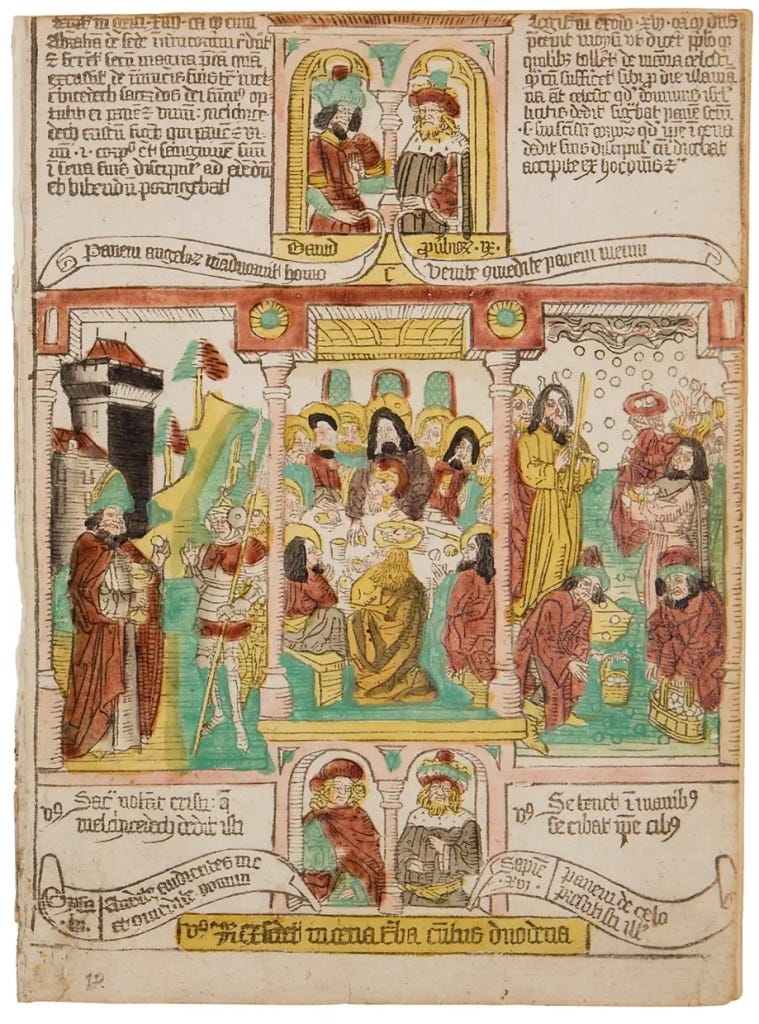Legends, words and images

Writing is a form of painting. Every script is representational, whether of things, as in rebus or logographic scripts, or of sounds, as in alphabets. Letters are signs, images, and they point beyond…
Keep reading with a 7-day free trial
Subscribe to Biblonia to keep reading this post and get 7 days of free access to the full post archives.

